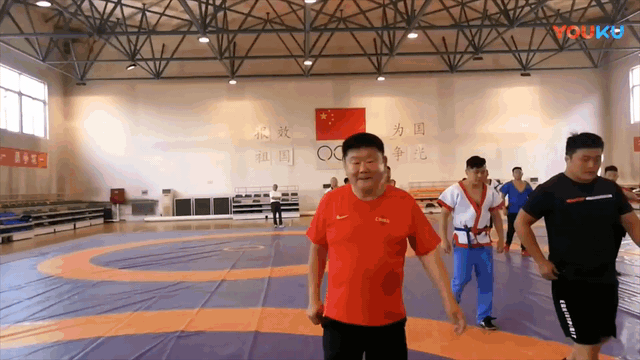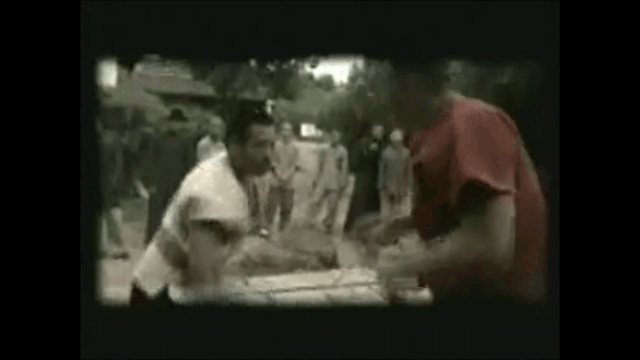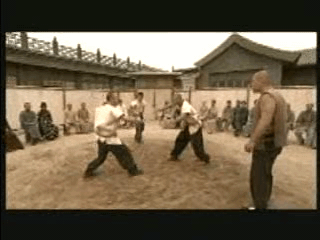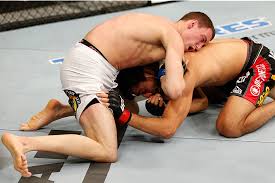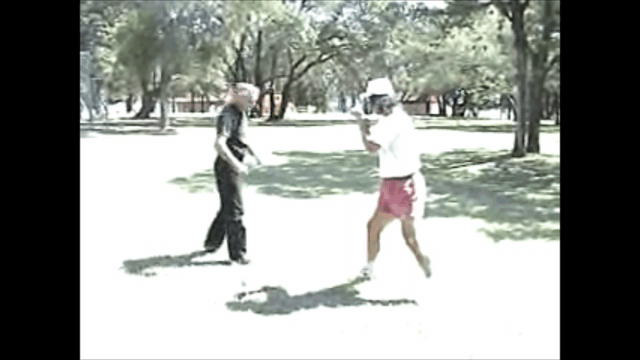Trying to tell people this statement is like a forever losing battle. I don't know how many times stances have been discussed here and it always goes back to trying to fight in the stances the same way that we train in the stances.
You can also use a static stance for defense. One of the things I often do to guys who want see how Kung Fu compares to MMA or BJJ take downs is to give them an opportunity to take me down while standing in a horse stance. I even tried it with my nephew and they all had the same difficulty. The stance was too low for them to get under me. The low stance positions my hands at the same level of my legs which made it easy for me to use my hands and maneuver my legs.
His dad (my brother) wasn't too happy about the idea of him trying to take me down. Not sure why people think I'm just going to smash others in the face lol. But anyway. My nephew gave it a good try and discovered that there was a lot that he couldn't do on hard surfaces without injuring himself. I figure I have one or two more good battle in me before I stop challenging young guys.
Hopefully one day I'll be able to go a couple of rounds with those guys especially since my nephew wants to get into MMA

